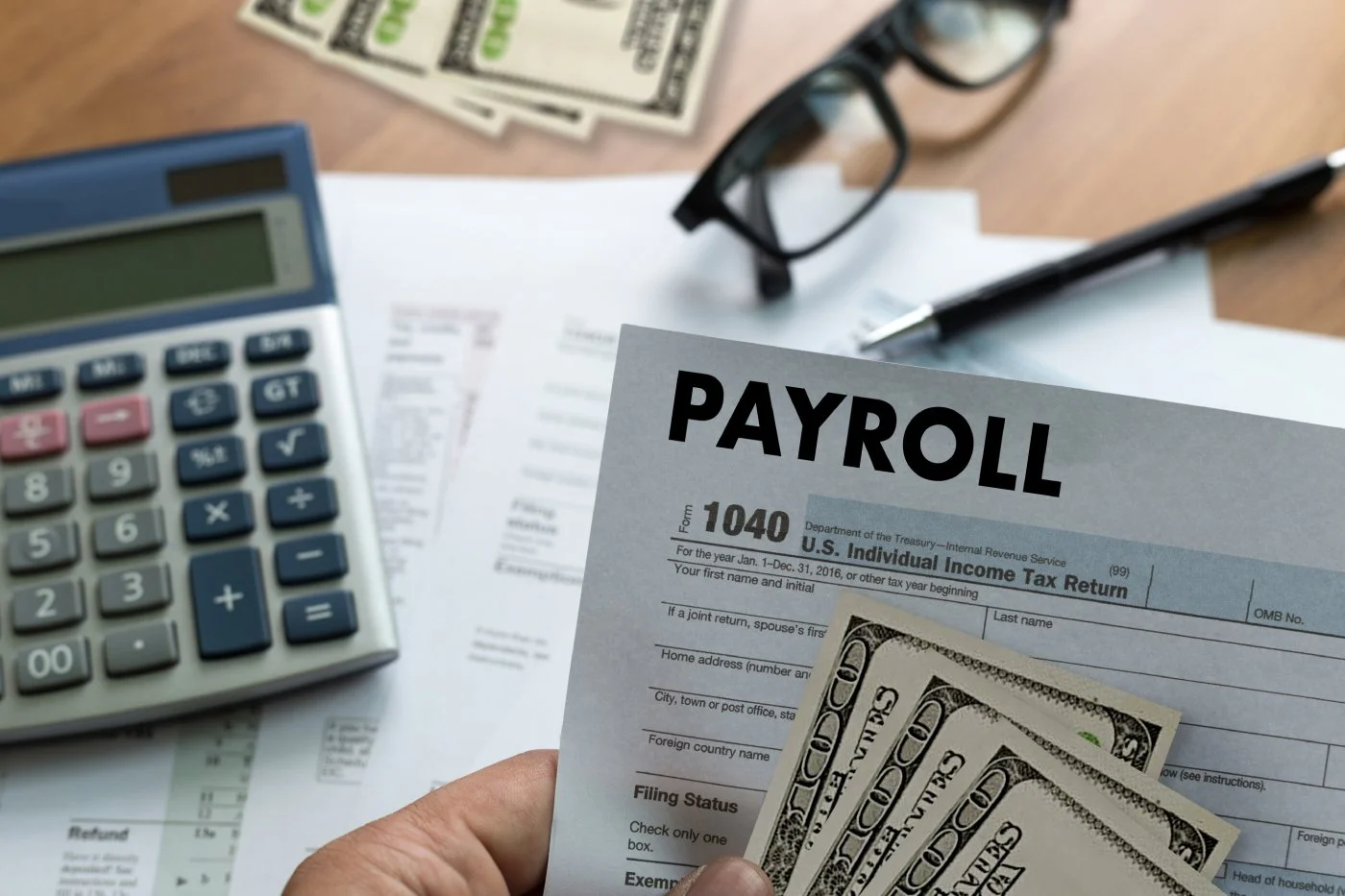Payroll payslips are essential documents for employees, serving as a detailed record of their earnings and deductions for each pay period. They provide transparency and clarity regarding compensation, helping employees manage their finances effectively. This comprehensive guide explores the importance of payroll payslips for employees, detailing their components, and benefits, and how to interpret them.
What is a Payroll Payslip?
A payroll payslip, also known as a pay stub or wage slip, is a document provided by employers to employees that outlines the details of their earnings and deductions for a specific pay period. Payslips serve as an official record of compensation and are typically issued alongside an employee’s paycheck or made available through an employee self-service portal.
Key Components of a Payroll Payslip
Payroll payslips include several key elements that provide a comprehensive overview of an employee’s pay and deductions:
Employee Information: This includes the employee’s name, ID number, job title, and department. Personalizing the payslip ensures that it is correctly attributed to the right employee.
Pay Period: Specifies the start and end dates of the pay period for which the payslip is issued, helping employees understand the timeframe their earnings and deductions cover.
Earnings: A detailed breakdown of all earnings, including regular wages, overtime pay, bonuses, commissions, and any other types of compensation. This section shows the gross pay before any deductions are made.
Deductions: Lists all deductions taken from the gross pay, including federal, state, and local taxes, Social Security, Medicare, health insurance premiums, retirement contributions, and other benefits.
Net Pay: The amount that the employee takes home after all deductions have been made. This is often referred to as “take-home pay.”
Employer Contributions: Information about any contributions made by the employer towards benefits like health insurance, retirement plans, or other employee perks.
Tax Information: Details of the taxes withheld during the pay period, including federal, state, and local income taxes and contributions to Social Security and Medicare.
Year-to-Date (YTD) Totals: Cumulative figures for earnings, deductions, and net pay from the beginning of the calendar year to the current pay period.
Additional Information: Some payslips include messages from the employer, important notices, or changes in payroll policies.
Why Payroll Payslips Are Important for Employees
- Transparency and Trust
Payslips provide transparency regarding employee compensation, helping build trust between employees and employers. By clearly detailing earnings and deductions, employee payroll payslip ensure that employees understand how their pay is calculated and verify that they are being compensated correctly.
- Legal Compliance
In many countries and states, employers are legally required to provide payslips to employees. Ensuring that payroll payslip are issued correctly and contain all necessary information helps organizations comply with labor laws and avoid legal issues. For employees, this means having a formal document that records their earnings and deductions, providing legal protection and assurance.
- Financial Management
Payslips are essential tools for personal financial management. They provide a record of income and deductions, which is crucial for budgeting, tax planning, and financial decision-making. By reviewing their payslips regularly, employees can track their earnings, manage expenses, and plan for future financial goals.
- Tax Reporting
Payslips provide employees with the necessary information for tax reporting. They detail the taxes withheld and provide a record of earnings that can be used to file annual tax returns accurately. Having access to payslips helps employees ensure that their tax filings are complete and correct, reducing the risk of errors or audits.
- Dispute Resolution
In case of any discrepancies or disputes regarding pay, payslips serve as an official record that can help resolve issues. They provide detailed information that can be used to verify the accuracy of compensation, ensuring that employees receive the pay they are entitled to.
- Understanding Benefits and Deductions
Payslips provide a clear overview of the various deductions made from an employee’s pay, including taxes, health insurance premiums, retirement contributions, and other benefits. Understanding these deductions helps employees see the total value of their compensation package and appreciate the benefits provided by their employer.
- Proof of Income
Payslips serve as proof of income, which is often required for various financial transactions, such as applying for loans, mortgages, or credit cards. They provide a reliable document that verifies an employee’s earnings and employment status, facilitating financial processes.
Visit this blog: global payroll vendors
How to Interpret a Payroll Payslip
Understanding how to read and interpret a payroll payslip is crucial for employees to effectively manage their finances and verify their compensation. Here’s a step-by-step guide to help employees interpret their payslips:
Review Employee Information: Ensure that the employee details, such as name, ID number, and job title, are correct. This verifies that the payslip is attributed to the right employee.
Check the Pay Period: Confirm the pay period dates to understand the timeframe covered by the payslip. This helps employees correlate their earnings and deductions with the specific period worked.
Understand Earnings: Review the breakdown of earnings, including regular wages, overtime, bonuses, and commissions. Ensure the gross pay accurately reflects the hours worked and any additional compensation.
Analyze Deductions: Examine the list of deductions to understand what has been withheld from the gross pay. This includes taxes, insurance premiums, retirement contributions, and any other deductions. Verify that these amounts align with expected withholdings.
Calculate Net Pay: Review the net pay, which is the take-home amount after all deductions have been made. Ensure that this amount matches what has been deposited or paid to the employee.
Review Employer Contributions: Look at any employer contributions towards benefits to understand the total value of the compensation package.
Verify Tax Information: Check the details of tax withholdings, including federal, state, and local taxes and contributions to Social Security and Medicare. Ensure that these withholdings align with the employee’s tax elections.
Understand Year-to-Date Totals: Review the year-to-date totals for earnings, deductions, and net pay to understand cumulative financials over the year.
Check for Additional Information: Look for any messages, notices, or changes in payroll policies that may impact compensation.
Best Practices for Managing Payroll Payslips
Keep Records: Maintain a file of all payslips, either digitally or in print. This provides a comprehensive record of earnings and deductions, which is useful for financial management and tax reporting.
Regularly Review Payslips: Review each payslip carefully to ensure accuracy and verify that compensation aligns with expectations. Report any discrepancies to HR or payroll immediately.
Understand Deductions: Take the time to understand the various deductions on the payslip. If any deductions are unclear, seek clarification from HR or payroll.
Use Payslips for Budgeting: Use the information provided on employee payslip sample to create and manage a personal budget. This helps employees track income and expenses, set financial goals, and make informed financial decisions.
Secure Payslip Information: Protect the confidentiality of payslip information by storing records securely and sharing them only when necessary.
Conclusion
Payroll payslips are essential documents that provide transparency and clarity regarding employee compensation. They play a crucial role in helping employees manage their finances, verify their earnings, and understand their benefits. By providing detailed records of earnings and deductions, employee payroll payslip help build trust between employees and employers and support effective financial management.




